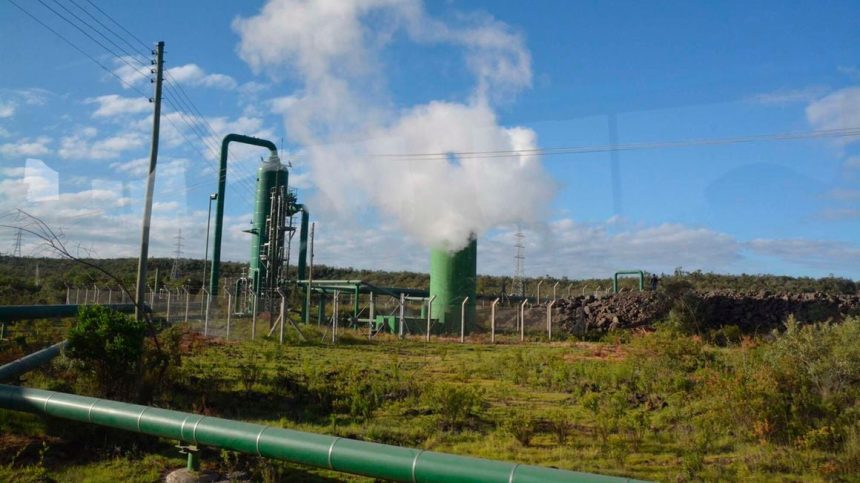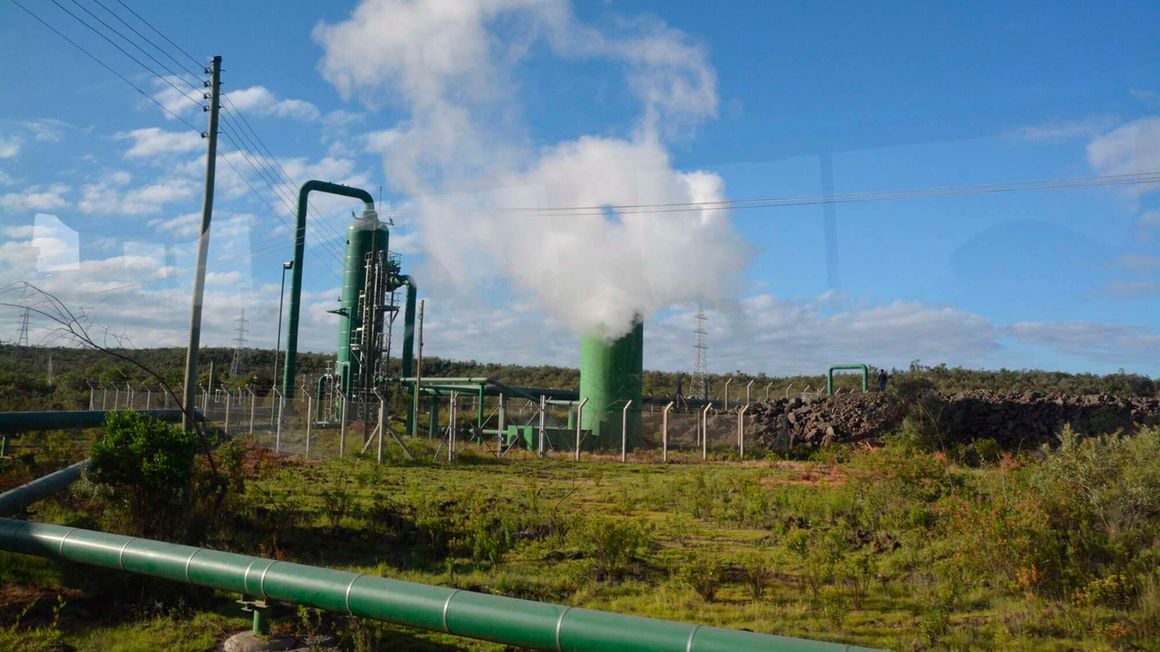Kenya is racing against time to tick off her achievements against Vision 2030. One of the targets that President William Ruto takes pride in at international events, is the progress made on renewable energy.
At the 27th Conference of Parties (COP27), the President said that by 2030, he hopes Kenya will have moved a notch higher from its already appreciable clean energy score to 100 percent.
“We have everything: the people, the land, the resources, youthfulness and institutions, so what are we waiting for?” poised Mr Ruto when delivering his speech on behalf of the Africa Group.
Kenya is about 10 percent shy of achieving an all-clean energy use in the country. Energy experts laud this progress, but the question remains whether the target will be achieved.
Data from the International Renewable Energy Agency (IRENA) shows that green energy capacity in Kenya doubled between 2012 and 2021.
Andrew Amadi, chief executive for the Kenya Renewable Energy Association (KEREA) told the Business Daily that even as the country is on an upward trajectory regarding renewable energy, some things need to be ironed out to achieve 100 percent.
What then is derailing Kenya’s renewable energy space?
In the 2022 annual report by Kenya Power, the use of thermal energy (or fossil fuels) doubled compared to the previous financial year of 2021.
The electricity distribution company indicates that it used about 13 percent of fossil fuels to substitute other sources of energy.
Amadi says that during peak hours when most people are actively in need of electricity, energy demand almost outstrips supply, which is why a substitute is required.
“At this time, there is the base load which is provided by wind and geothermal at 1,600 megawatts (MW). But from 6 pm to 10 pm 600MW is from fossil fuel power plants which come at a much higher cost. A lot of the power is used to power domestic instant showers. Peak demand is now at 2,200MW and available supply is at 2,330 MW,” explains Amadi.
However, after 10 pm, on most days, the country uses renewable sources of energy such as wind, solar, geothermal and hydropower.
Natural disasters such as droughts affect the supply of renewable energy.
In 2022 for instance, hydropower energy units significantly dropped. Energy Cabinet Secretary Davis Chirchir is on record saying that the prolonged drought resulted in low water levels which milked dry key major hydropower sources.
In February this year for instance, which was the fifth month of a consecutive drop in hydropower energy units in the country, Energy and Petroleum Regulatory Authority (Epra) data at the time showed that there was a 64 percent drop.
This was equivalent to about 112.7 million units. It is only towards the end of last month that Epra recorded a rise in hydropower units; which were almost double that which was recorded in February, and the highest in about a year.
Amadi explains that this cycle is likely to repeat if we don’t embrace other energy sources when using appliances at the household level that takes a lot of energy.
“This can be mitigated by heating water during the day using solar and not using hydropower when there is sunshine. Solar panels can be used to heat water with a direct current or alternating current heating element as storage for excess electricity even for a domestic system,” he says.
On July 3, the president lifted a six-year moratorium on logging in the country, one that Amadi says will promote cooking with unsustainable wood fuel and promote deforestation.
This will have an impact on energy used at the household level, especially for cooking.
The Kenya National Population Census (2019) shows that more than half of Kenyans (66 percent) use wood or charcoal for cooking.
In its plan to change this narrative, the country has an Energy Compact on Clean Cooking in line with sustainable goal number seven.
Two policies; The National Energy Policy (2018) and the Bioenergy Strategy (2020) guide the shift to clean cooking but Kenyans are yet to embrace it fully.
“The lift of the logging ban will likely exacerbate the problem as unscrupulous people will collude to supply unscrupulous industries with wood fuel from community and government forests,” explained Amadi.
Anne Songole, Senior Climate Change and Energy Advisor for Africa at Christian Aid told the Business Daily that the gap that renewable energy at the household level would fill will be to lessen the burden of care work in different ways.
“When we look at renewables and health, we know there are going to be more positive outcomes for households. However, looking at the value chain for renewables which is what we are moving to, I am not so sure women will benefit fully,” Anne explains.
She acknowledges that while globally and locally the trajectory is to move from fossil fuels to renewables, Kenya needs to deal with both energy access and the transition.
“Women (youth, community, indigenous, professionals) should be involved in contextualising, strategising and target setting for the shift to renewables and energy access within the Nationally Determined Contributions (NDCs), just transition plans, innovation and efficiency, financing mechanisms and industrialisation plans,” she says.




